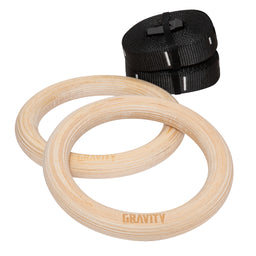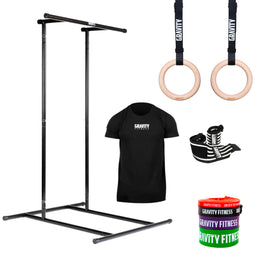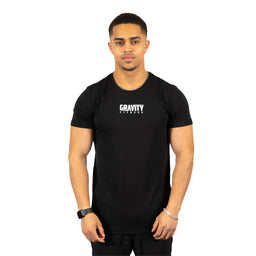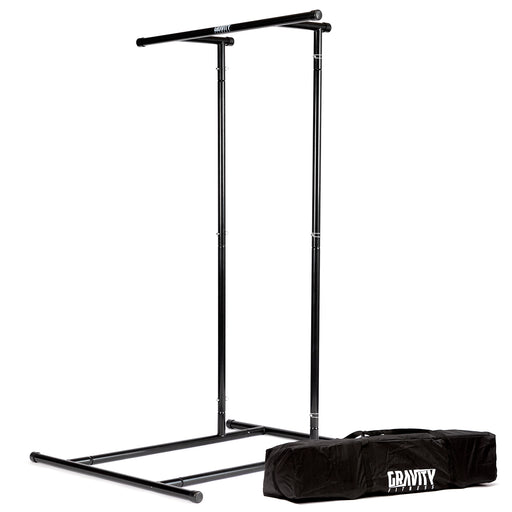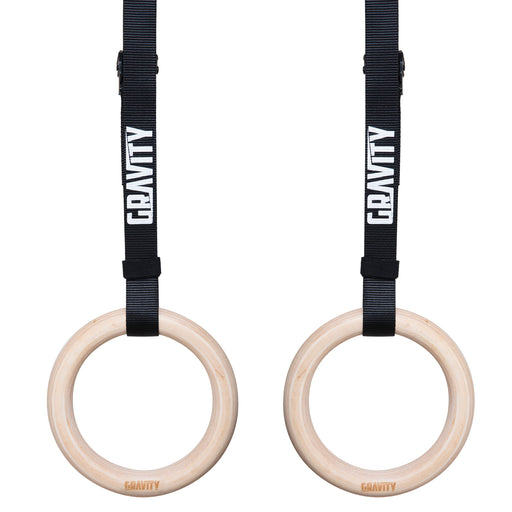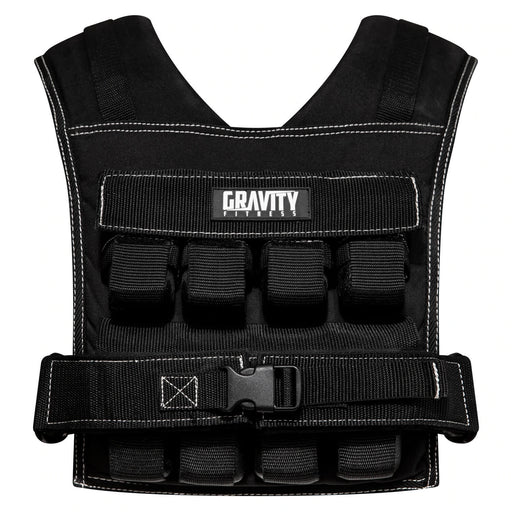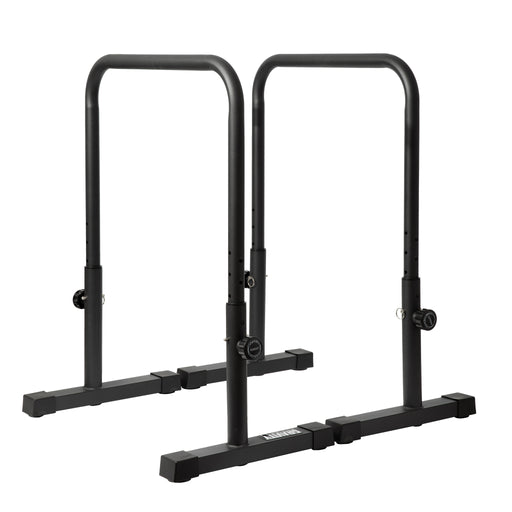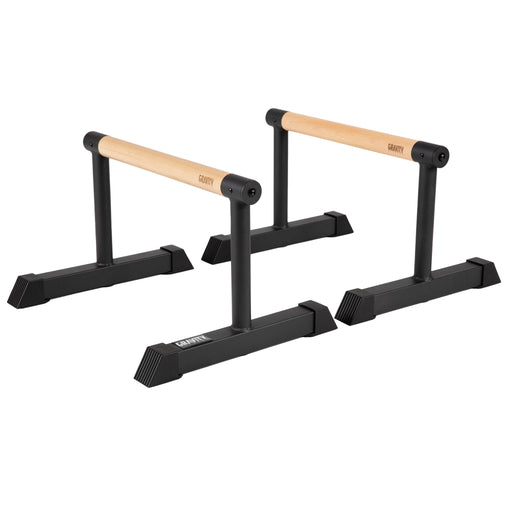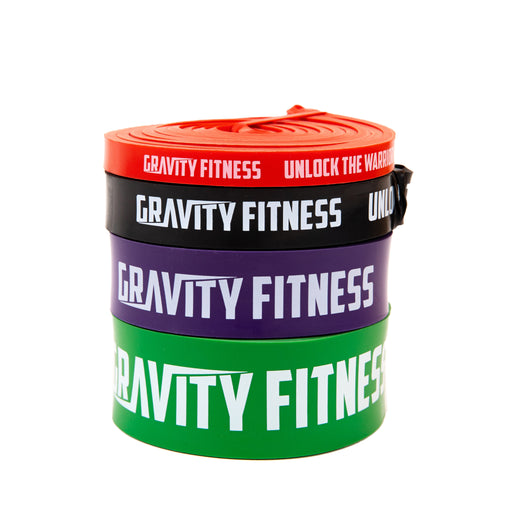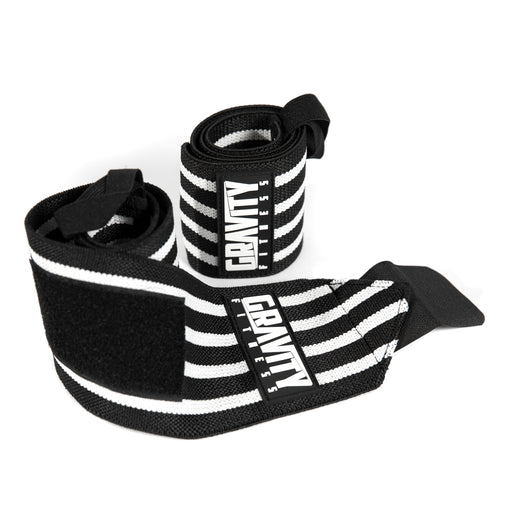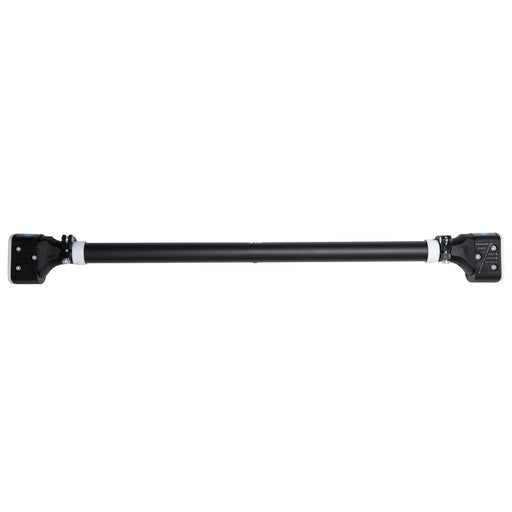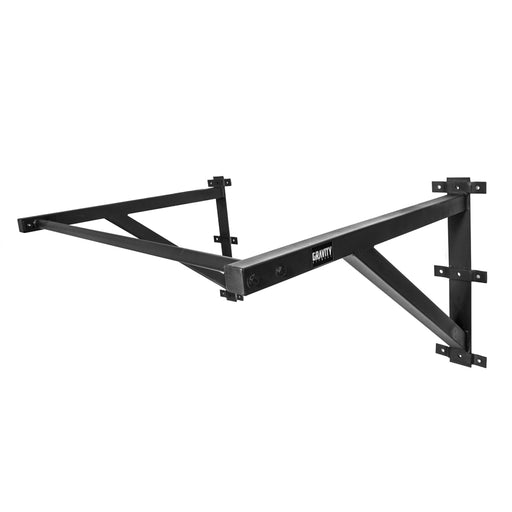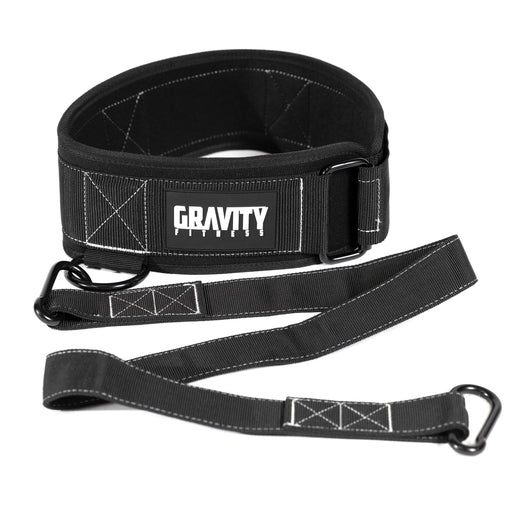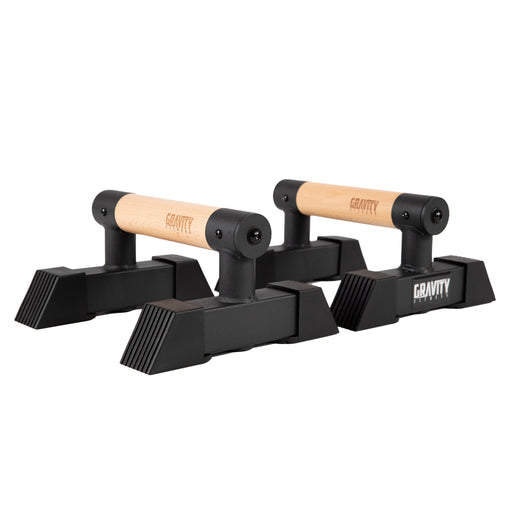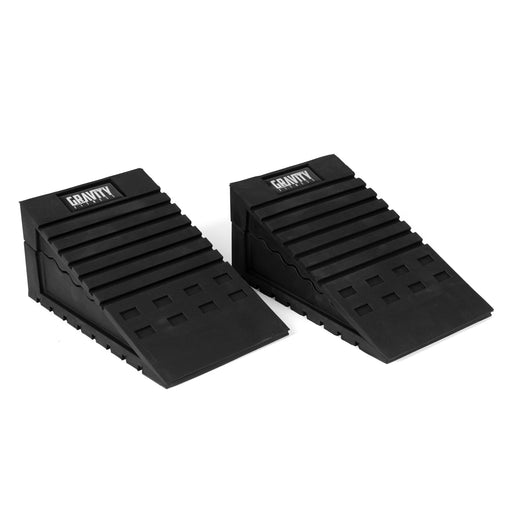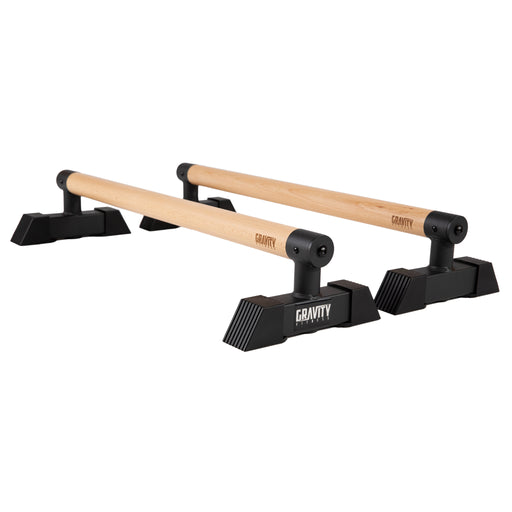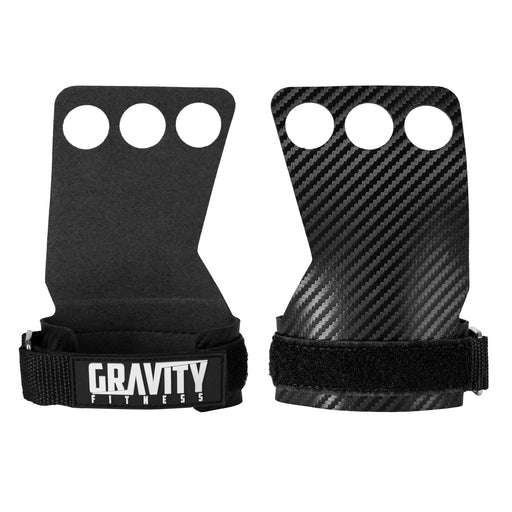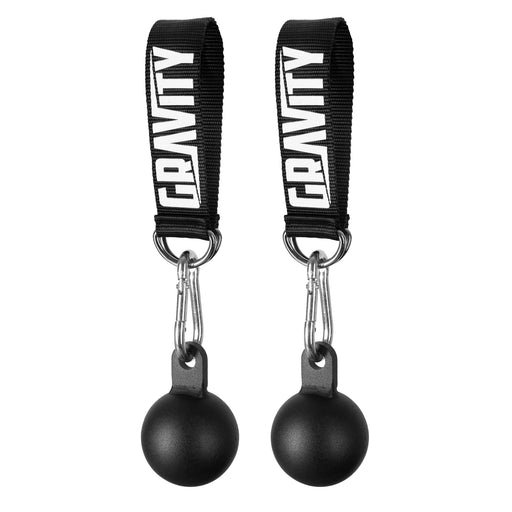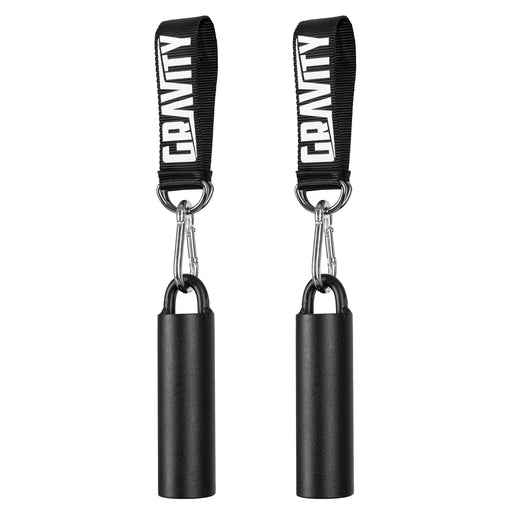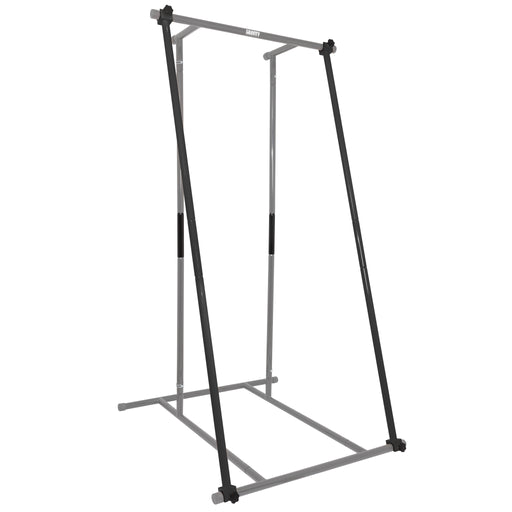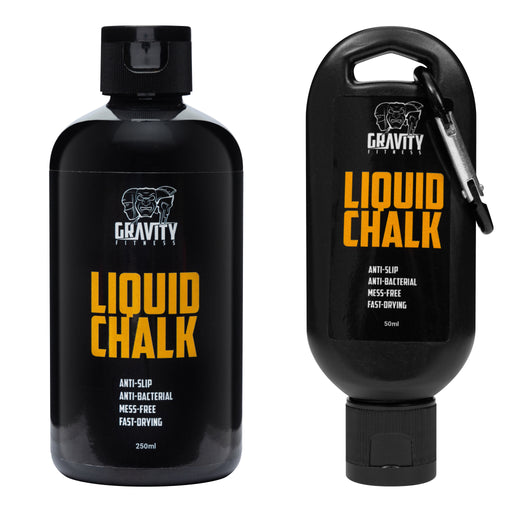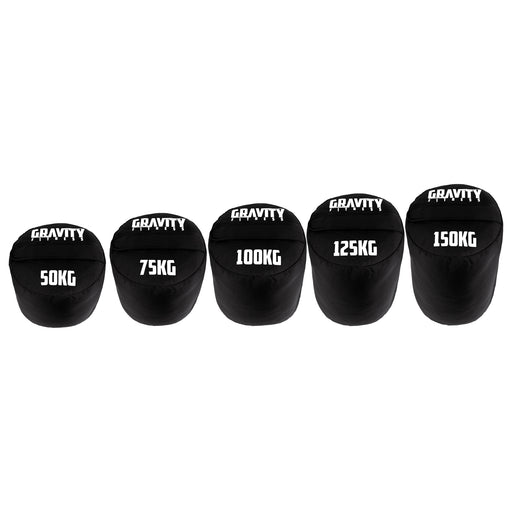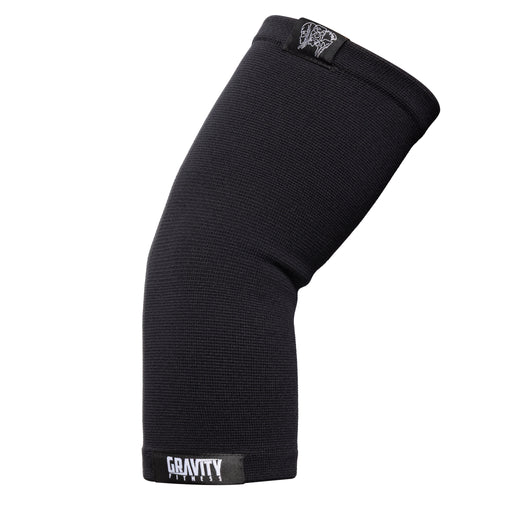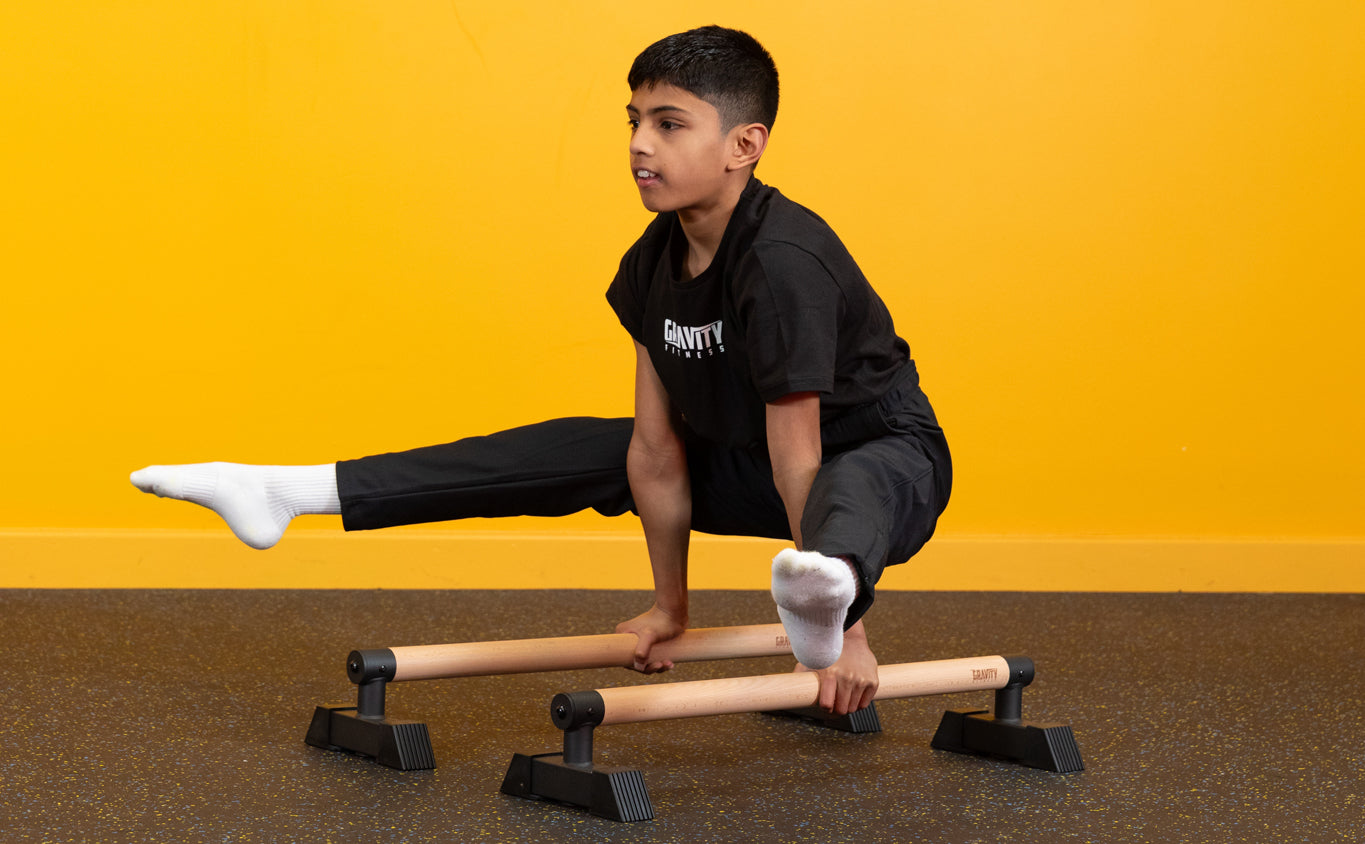
Why every child should be a master of calisthenics
Remember playing as a kid?
Chances are it involved a lot of running, jumping, and hanging off stuff. Like all children, you were technically doing calisthenics. Children are natural movement experts, and calisthenics channels this ability to help them build healthy habits for life.
As parents, we're constantly looking for ways to get our kids active in a world of screentime. Calisthenics could be the perfect answer. It’s fun, accessible, and a great way to develop strength and self-confidence during those formative years. Here’s how to help your kids enjoy calisthenics.
Do children do calisthenics?
Children naturally love to do the movements that underpin calisthenics. Watch your kids playing and you’ll spot them doing hanging holds, pulls, bodyweight squats and more.
-
Hanging from playground equipment – developing grip and pulling strength
-
Climbing up stuff – using pulling strength, isometrics, and building coordination
-
Jumping between platforms – practicing explosive movement and confidence
-
Crawling through tunnels – using bodyweight holds and core stability
-
Balancing on narrow things – balance, core strength, and proprioception
The benefits of calisthenics for kids’ minds and bodies
Calisthenics offers benefits for children that many other physical activities can't match.
Pulling strength – children's activities often focus on lower body movements or pushing strength. Calisthenics introduces balance through pull-ups, rows, and hanging exercises that strengthen the back, shoulders, and arms.
Functional movement – before they get into the gym as teenagers, help them discover the importance of functional strength. Calisthenics teaches coordination and body awareness that will translate into sport and everyday activity.
Simple equipment – calisthenics needs very little equipment. A simple calisthenics and gymnastics bar designed for kids allows them to play about with basic calisthenics movements in safety.
Body confidence – calisthenics helps kids understand their bodies and build confidence. This proprioception is crucial for physical development and will carry over into self-confidence in sport and everyday life.
Fitness habits – calisthenics shows kids that their body is a portable gym, so they’ll be able to live a fitness lifestyle regardless of gym membership or sports activities.
Why kids should learn proper calisthenics form
Calisthenics is structured bodyweight movement – something kids are instinctively drawn to. The challenge is understanding the best way to channel their natural enthusiasm into progressive, beneficial patterns that will serve them later in life. Here’s why it’s worth encouraging your kids to do calisthenics.
Injury-proof – learning correct form for fundamental movements helps protect joints and muscles as they grow.
Strong foundation – mastering basic movements creates a foundation for more advanced skills. A child who can perform a proper bodyweight squat becomes an adult who can safely do heavier or more complex movements.
Body control – proper form in calisthenics isn’t just about avoiding injury, it teaches kids how to engage the right muscles at the right time, creating neural pathways that will serve them well as teens and adults.
Body confidence – calisthenics is an amazing way to give kids autonomy over their bodies. As children explore calisthenics, they get to know their own strength and feel a sense of ownership over their body.
How to get your kids started with calisthenics
Getting your children involved in calisthenics is as simple as encouraging play and exploration. Frame calisthenics as games rather than workouts. Provide fit-for-purpose equipment so they can explore and progress. Maybe they’d be motivated by a family challenge? Keep it simple and encouraging, like holding a plank for 10 seconds, or doing 5 perfect bodyweight squats. If your local area has a calisthenics park, let them explore the equipment and watch how others move their bodies. And lead by example – if your children see you enjoying bodyweight workouts, they’ll want to do it too.
Best calisthenics equipment designed for children
Calisthenics doesn’t need any equipment, but as your child gets stronger and more confident, they’ll probably want to expand their repertoire. That’s where a few basic bits of kit come in handy. Get calisthenics equipment that has been designed for children with suitable dimensions and materials. After all, kids aren’t just small adults. A children’s calisthenics and gymnastics bar opens up a world of movements, including hanging holds, pull ups, lever work and more. They might also like wooden gymnastics rings as their skills grow.
By introducing your kids to calisthenics early, you're not just helping them get more active – you're setting them up for a lifetime of strength and self-confidence. That might be one of the greatest gifts you can give.
